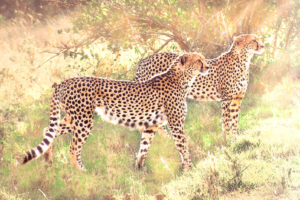
On our first evening game drive I was blown away by the number of animals we saw and by how beautiful it was. In the couple hours we were out we saw more than 10 different animals. The next morning we left for our early game drive at 6:30. The morning light was GORGEOUS! Not long after we began our guide, Simon, started telling the driver about what was ahead of us in Swahili, so the driver slowed down. Simon thought we were driving up on a couple of lions, but it turned out to be two brother cheetahs mid-hunt. It was amazing to watch and was my favorite sighting of our time at Ol Pejeta.
During our few days here we also got to see both black and white rhino and learned some of the differences between them, such as the black rhino eating bushes, keeping the head up having a pointed lip, being more aggressive and keeping their calf behind them. We stopped by a special place to see a blind black rhino named Baraka. He was made blind in one eye during a fight with another male rhinoceros and then got ill, which took the vision in his other eye leaving him completely blind. Without the conservancy Baraka would have died. He has lived there now for many years. We got to feed him and pet his horn.
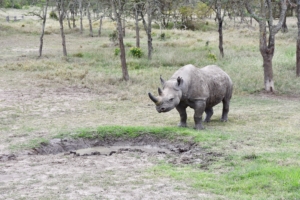

The white rhino has a flat lip, eats grass, keeps its head down, is mellow and keeps its calf ahead.
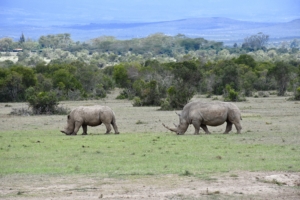
Prize ankole cattle that were given as a gift and remain on the conservancy were not put into their enclosure in time on one of the days were there and five of them were killed by lions.
On day one we ran across some olive baboons, which was wonderful to see. Crowned plover birds were flying above the baboons and making a ruckus. Simon explained this was because the birds had nests on the ground and the baboons were walking over the nesting area.
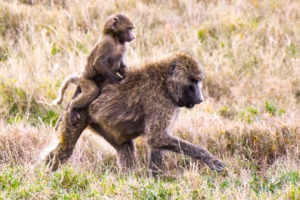
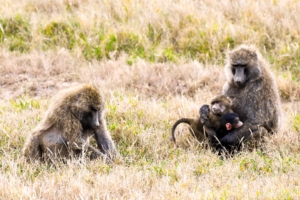
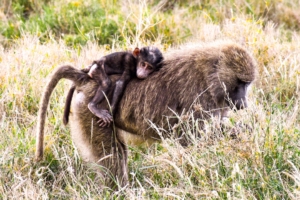
Whistling thorn trees have galls of ants on them that come out of tiny holes in the thorns when the tree is disturbed. If an animals tries to eat the leaves of the tree, the ants will swarm the animal which deters them from trying again. In return the tree gives the ants a nice place to live. What a great example of symbiosis!
The eland is the largest antelope in the world. The triangular piece of skin hanging from the neck stores fat so the eland can survive in harsh conditions. On his back is an ox pecker. These birds like to eat flies off other animals.
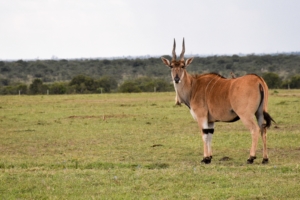
This female lion was our first sighting of the trip. Simon says we will see many more of them. She was about 4 years old and probably looking for her pride. In the photo on the right you can see beautiful Mount Kenya in the background.

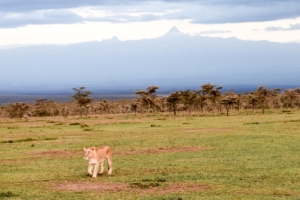
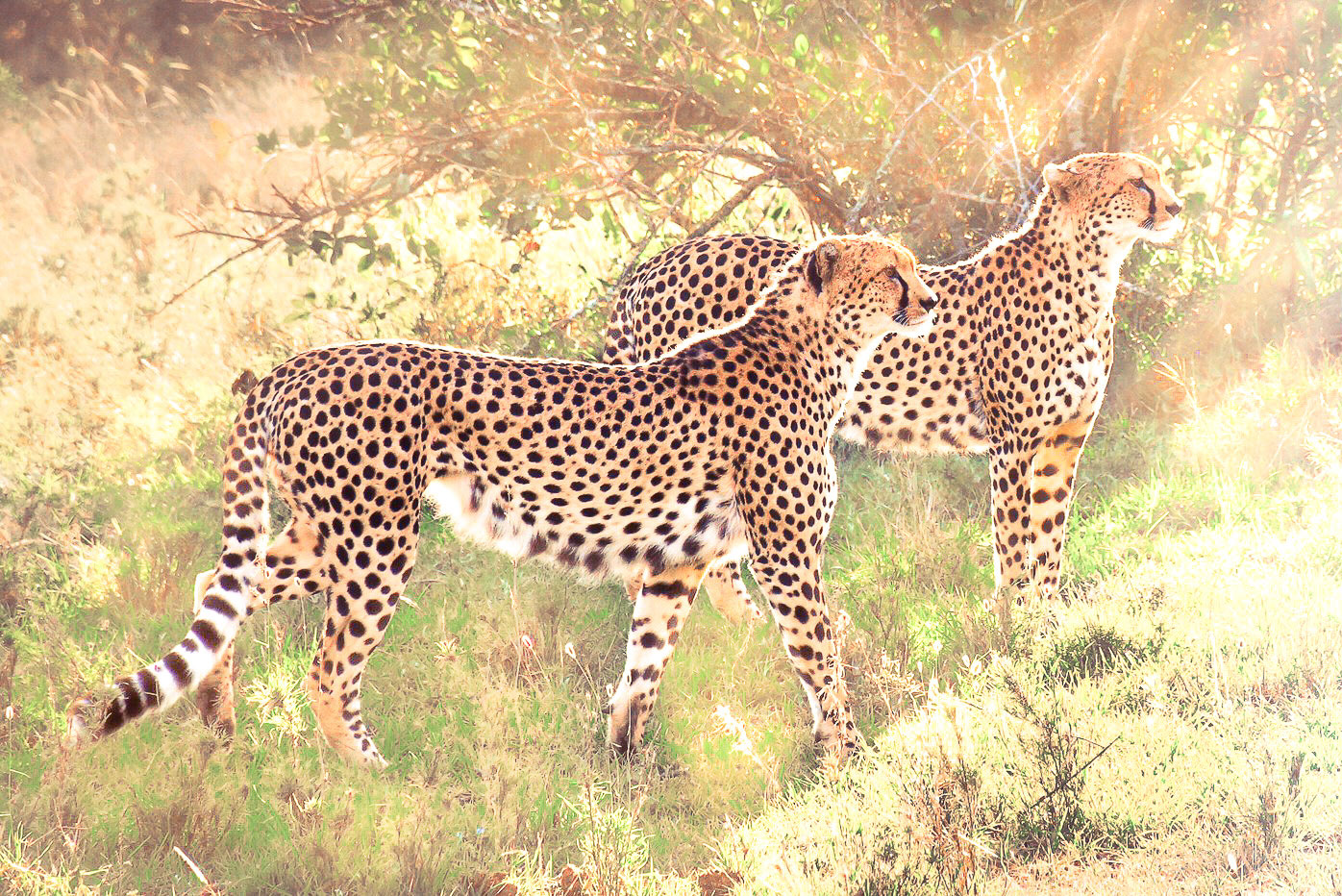
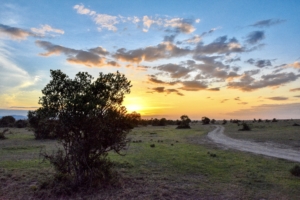
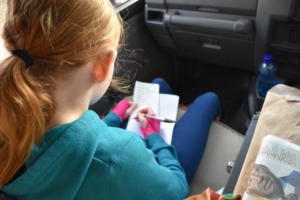
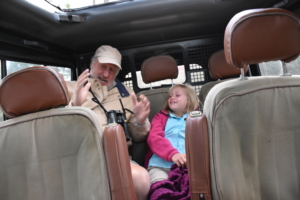
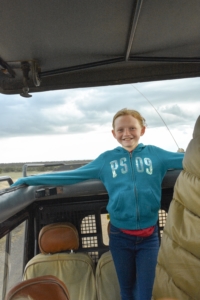
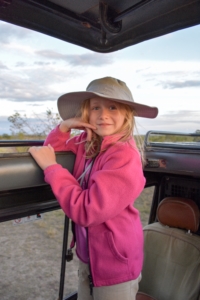
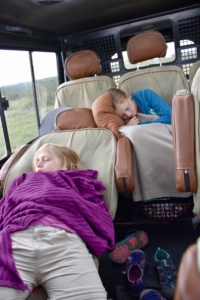

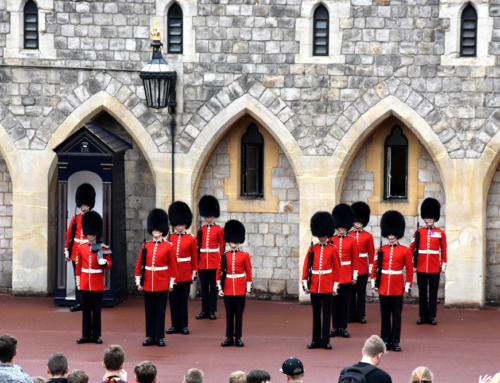
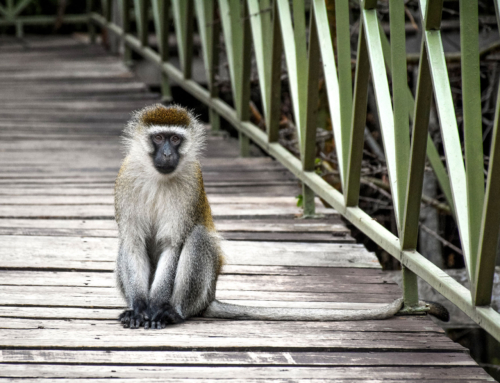
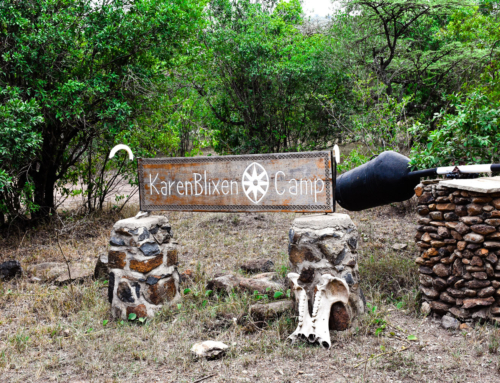
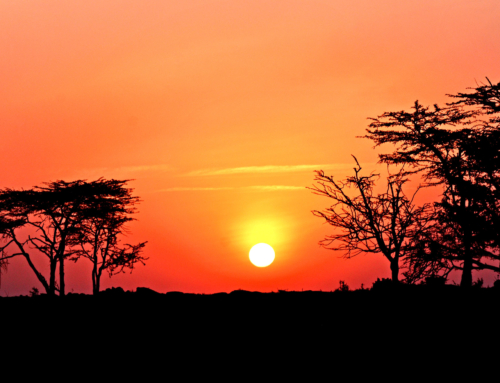
Leave A Comment